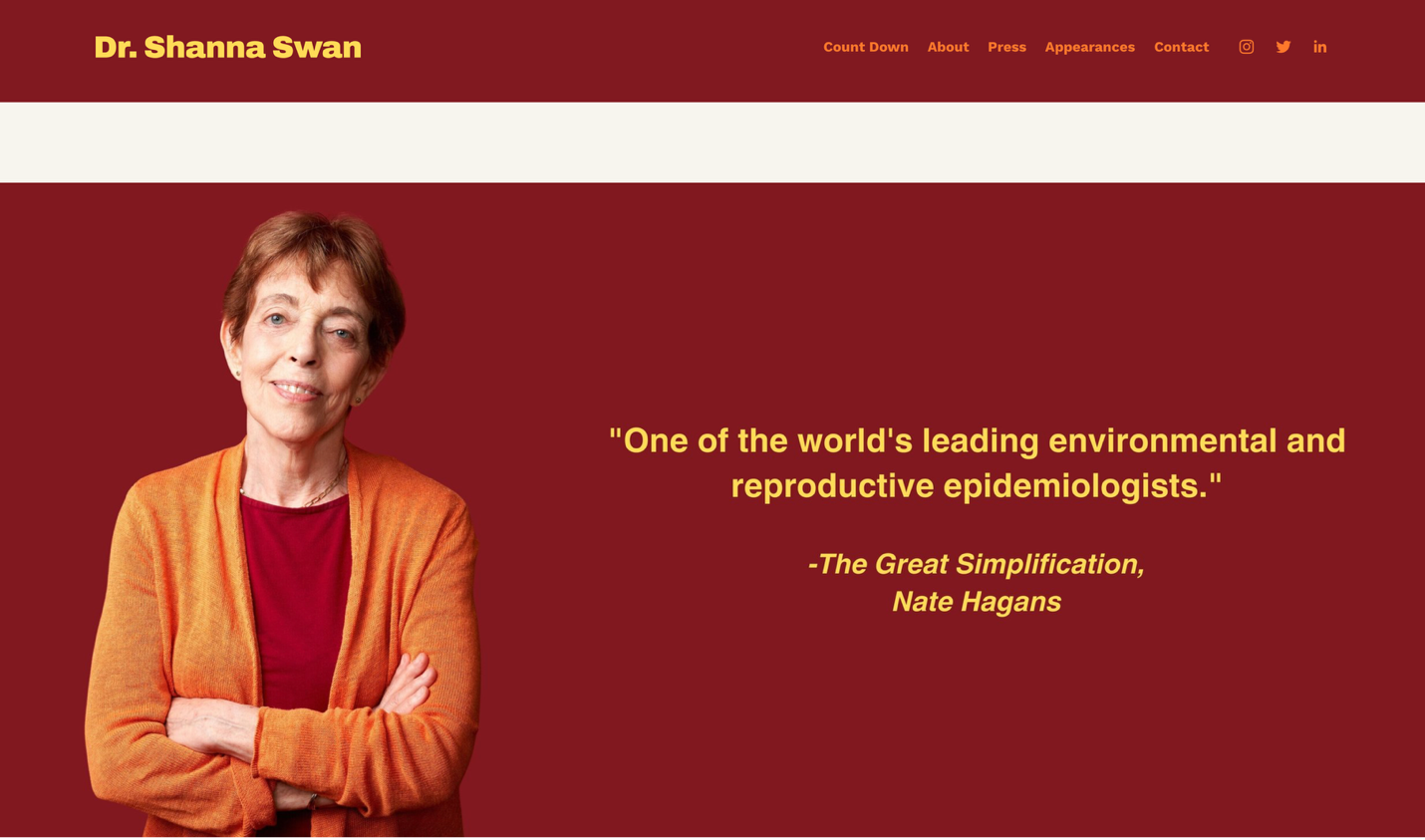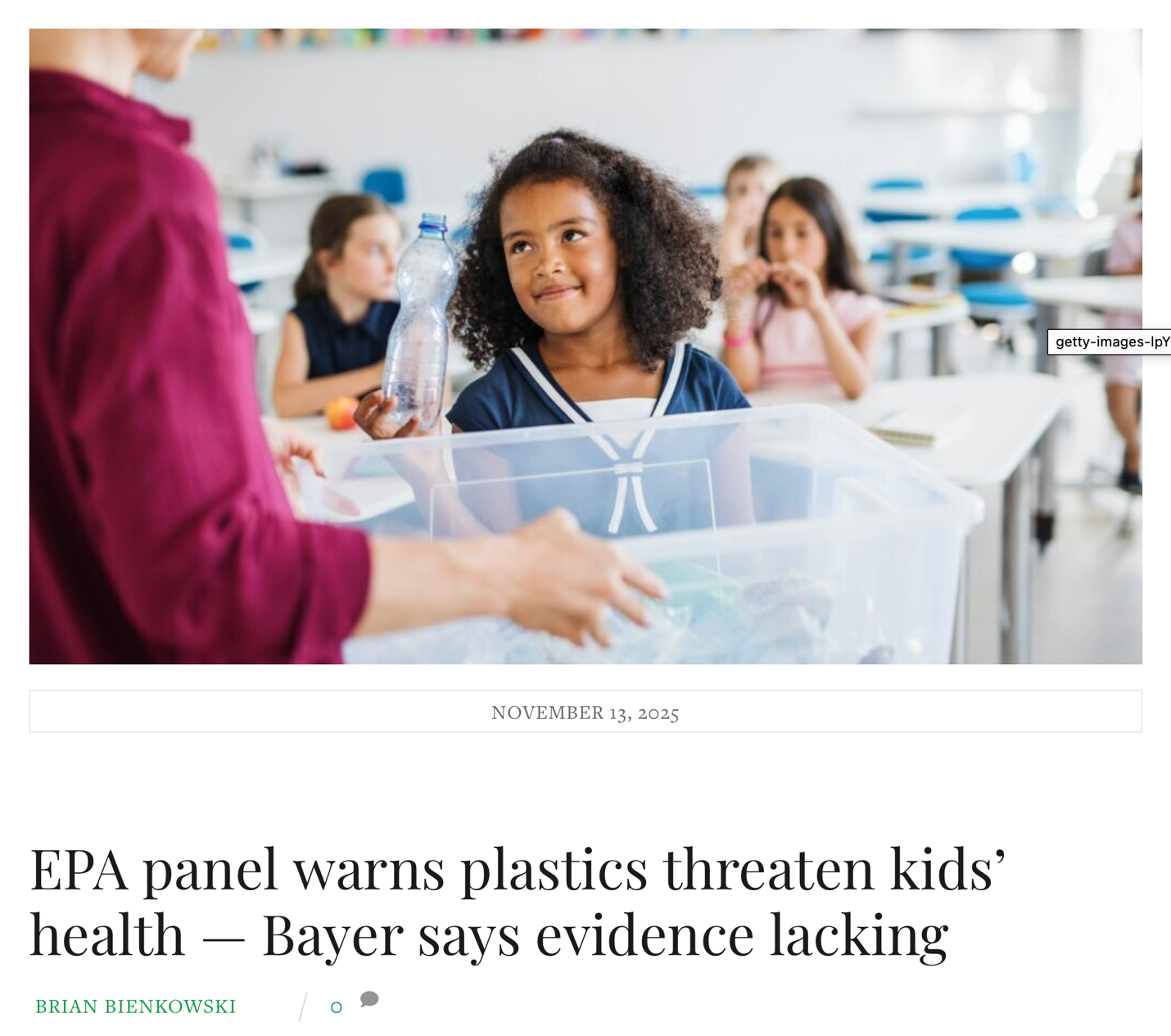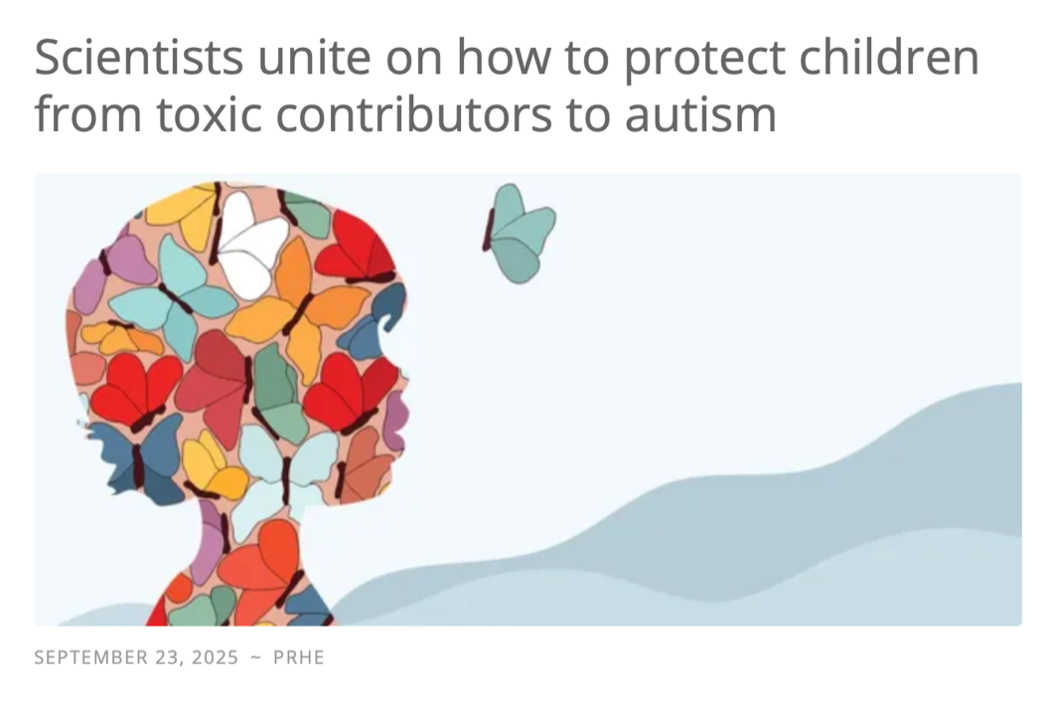Cheery FDA warnings about mercury in fish: By following these 3 recommendations for selecting and eating fish or shellfish, women and young children will receive the benefits of eating fish and shellfish and be confident that they have reduced their exposure to the harmful effects of mercury.
- Do not eat
- Shark
- Swordfish
- King Mackerel
- Tilefish
They contain high levels of mercury.
- Eat up to 12 ounces (2 average meals) a week of a variety of fish and shellfish that are lower in mercury.
- Five of the most commonly eaten fish that are low in mercury are shrimp, canned light tuna, salmon, pollock, and catfish.
- Another commonly eaten fish, albacore ("white") tuna has more mercury than canned light tuna. So, when choosing your two meals of fish and shellfish, you may eat up to 6 ounces (one average meal) of albacore tuna per week.
- Check local advisories about the safety of fish caught by family and friends in your local lakes, rivers, and coastal areas. If no advice is available, eat up to 6 ounces (one average meal) per week of fish you catch from local waters, but don't consume any other fish during that week.
Follow these same recommendations when feeding fish and shellfish to your young child, but serve smaller portions. (USFDA, 2004)
It is no secret that most of this mercury comes from coal-burning coal plants. As is the case with cancer prevention, the responsibility for avoiding mercury is all placed upon the consumer. Not only must consumers know how much and what kind of fish to eat, women must predict with absolute accuracy when they might become pregnant. It is indeed important for consumers to be educated so that they can do the best they can to protect themselves, but protection should not ultimately be the responsibility of individuals: it should be placed on industry, government, and society as a whole. We are making a decision to poison our children by burning mercury-containing coal, and it is reprehensible that we place the onus on our most vulnerable citizens to avoid a risk that is, really, as things now stand, unavoidable. It would be completely avoidable if we put coal-burning power plants out of business and changed a few other manufacturing processes.
Mercury has for a very long time been known to be harmful to the brain – recall Alice’s mad hatter. Hat makers in the nineteenth century often went insane after exposure to high levels of mercury in their profession. Heavy metals like lead, arsenic, and mercury, along with other toxic chemicals, are classified as xenobiotic, or alien to all life. They are terrible poisons indeed. Children exposed to mercury in the womb have higher rates of autism, and children exposed during babyhood have been reported to show regression into autism at a later age (Geier 2010). Mercury has been known since ancient times and in common use since the time of the alchemists, though never so pervasively as now. While in the past, people might occasionally encounter high levels of the metal, even applying it to their bodies as medicine or cosmetic, now every person on Earth is exposed to some level of mercury through exposure in the air and food sources. Because of coal-burning power plants that release mercury from trace amounts in coal over a very broad area, we breathe it in the air, we drink it in the water, and we consume it in our food. Children and women of childbearing age are warned not consume more than one wild-caught fresh-water fish per month, even from the unspoiled boundary waters of Wisconsin. And they are wise to heed these warnings. Because of the biological principle of bioaccumulation, mercury levels that are low in water are magnified through the food chain. Fish are at the top of the food chain in lakes, but we are higher on the food chain than fish. Babies in utero or drinking breast milk are highest of all, and most susceptible to damage. And unfortunately, mercury is cleared from the body only very slowly, over a period of years. Throughout the world, fish, though a perfect food containing proteins and Omega-3 fatty acids good for brain development, also contains high levels of mercury. Not surprisingly, autism rates are higher in close proximity to coal-burning power plants since those children have higher levels of exposure through the air (Palmer et al. 2008). Drugs, vaccines, high fructose corn syrup, and food colorings are additional sources of mercury (Dufault 2012). Mercury levels do not have to be as high as they were during the infamous Minamata mercury poisoning, when many died or were permanently crippled as a result of industrial dumping of mercury into a Japanese bay; mercury at any level is harmful to brain development. The Chisso company persisted in their poisoning of Minamata’s waters for 36 years, as thousands of people, dogs, cats, and other animals were afflicted and died, as the affected families were blamed and ostracized, all the while denying there was a problem. In the same way, our society persists in contaminating water and land on a massive scale, all the while ignoring climbing levels of brain damage in our children or placing the responsibility on the families.
The picture below from the Minamata tragedy is a modern pietà, an expression of maternal sorrow that continues today, every day, because of the children we are sacrificing to convenience, and to industrial profits. You can see that this mother loves her daughter – so much. A slight smile shades her grieving face, a smile for her beautiful, lost child’s sake, while her own heart is breaking. Most such tragedies go undocumented, unremembered. The losses are private, though the causes are public. But perhaps there is something to be gained in sharing those moments, particularly when something can be done to prevent future deaths. I remember holding my own daughter in just this way, as she died from a preventable, environmentally-inflicted disease, the causes of which were imposed by others and beyond my most desperate and well-educated efforts at protection. The meaning behind the pietà is that Jesus suffered and died to save all sinners. No one was saved and no one was benefitted by this child’s suffering and death – or by my Katherine’s. The benefits of contamination can never be worth the tragedy of poisoning children. And it should not be left to sorrowing mothers to fix an entire corrupt system -- if they can. Unfortunately, that has often been the case.
Minamata Poisoning Victim. Retrieved from http://www.medhelp.org/child-health/articles/Autism-and-the-MMR-Vaccine-Addressing-Parents-Concerns/328?page=5 .
Michelangelo. Pietà. Retrieved from http://www.fischerarthistory.com/uploads/1/2/0/7/12071711/1890613_orig.jpg
Because FDA warnings are necessary but certainly not sufficient, that is not where we should concentrate our energies in combatting this problem. Instead, we should focus our efforts on the political system that permits this systematic poisoning – as well as on the companies actually responsible. The FDA should listen to outside groups, but they should take careful precautions against listening to the advice of those who have an economic stake in the game. Industry advocates should not have more influence than they already do through lobbyists, money, and political capital. Not-for-profit environmental groups and consumer advocates are the real heroes, and they, along with ordinary citizens, should have a greater voice in the process. In a video about another national shame and sorrow, a mother of four lead-contaminated children is a clarion of truth in saying that “we are a nation of fools to allow this to happen to our children” (Lead Safe America, 2014). Ultimately, we all pay a huge price for this, and only those who are motivated by selfish profit would advocate against tighter restrictions. That said, there should be prominent signs posted where seafood is sold, much as with cigarettes, warning consumers about the hazards of this delicious food. It is a crying shame, however, that something as healthy as seafood has been poisoned to the extent that it has. We have lost the health benefits of the seafood, as well as gaining the hazard of the mercury exposure. The benefits of the few polluters are being systematically placed ahead the needs of the many who consume seafood.
References
Dufault, R., Lukiw, W.J., Crider, R., Schnoll, R., Wallinga, D., Deth, D. (2012). A macroepigenetic approach to identify factors responsible for the autism epidemic in the United States. Clinical Epigenetics 4:6-18.
Geier, D.A., Kern, J.K., Geier, M.R. (2010). The biological basis of autism spectrum disorders: Understanding causation and treatment by clinical geneticists. Acta Neurobiol Exp 70:209-226.
Lead Safe America. (2014). MisLEAD Trailer. Retrieved from http://leadsafeamerica.org
Palmer, R.F., Blanchard, S., Wood, R. (2008). Proximity to point sources of environmental mercury release as a predictor of autism prevalence. Health Place 15:18-24.
U.S. Food and Drug Association (USFDA). (2004). What you need to know about mercury in fish and shellfish. Retrieved from http://www.fda.gov/Food/ResourcesForYou/Consumers/ucm110591.htm.













